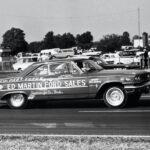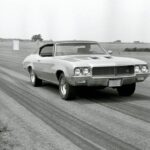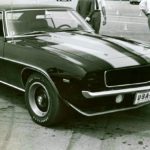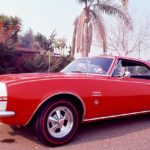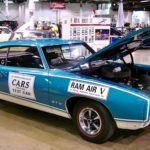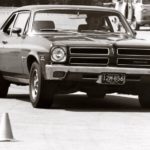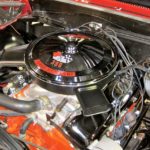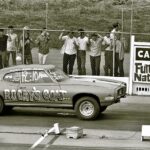
Hagerty’s Greg Ingold guides us through the second generation of the Supercar that started it all in THE GREAT ONE: 1968-1972 PONTIAC GTO.
Pontiac called it “A Device For Shrinking Time & Distance.” Magazine editors called it a “Supercar”. And in 1964 enthusiasts flocked to Pontiac dealers from coast to coast to see the new GTO, an option that breathed life into a Tempest. Pontiac, not Ford, Chevy or Plymouth, essentially created an option that ignited the Supercar Revolution and an...
Read More

